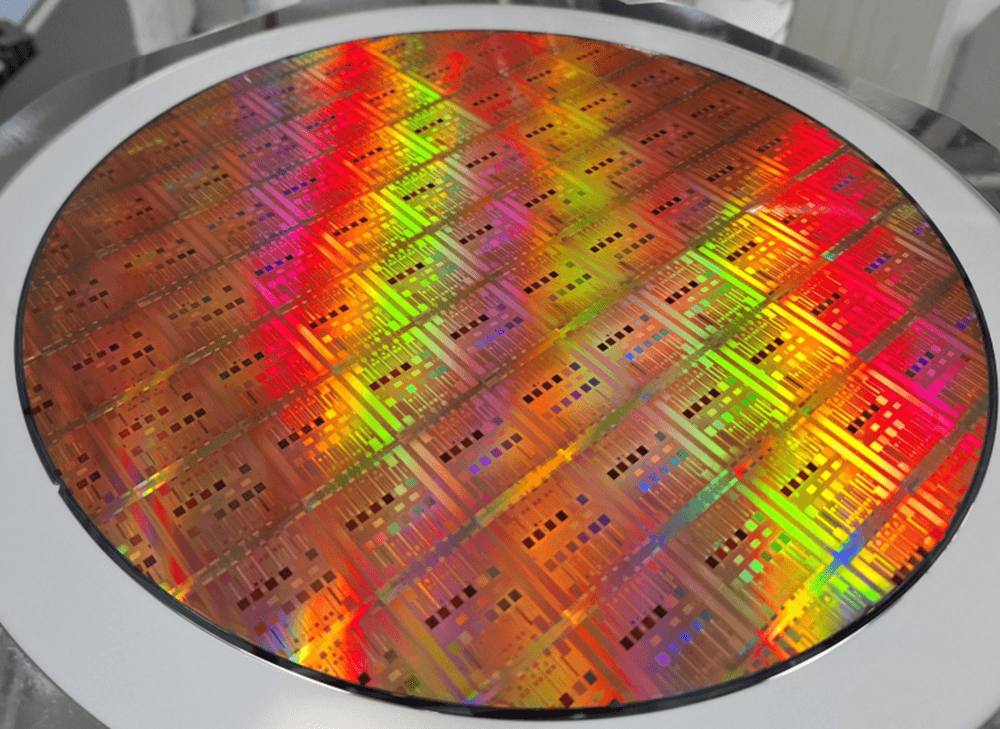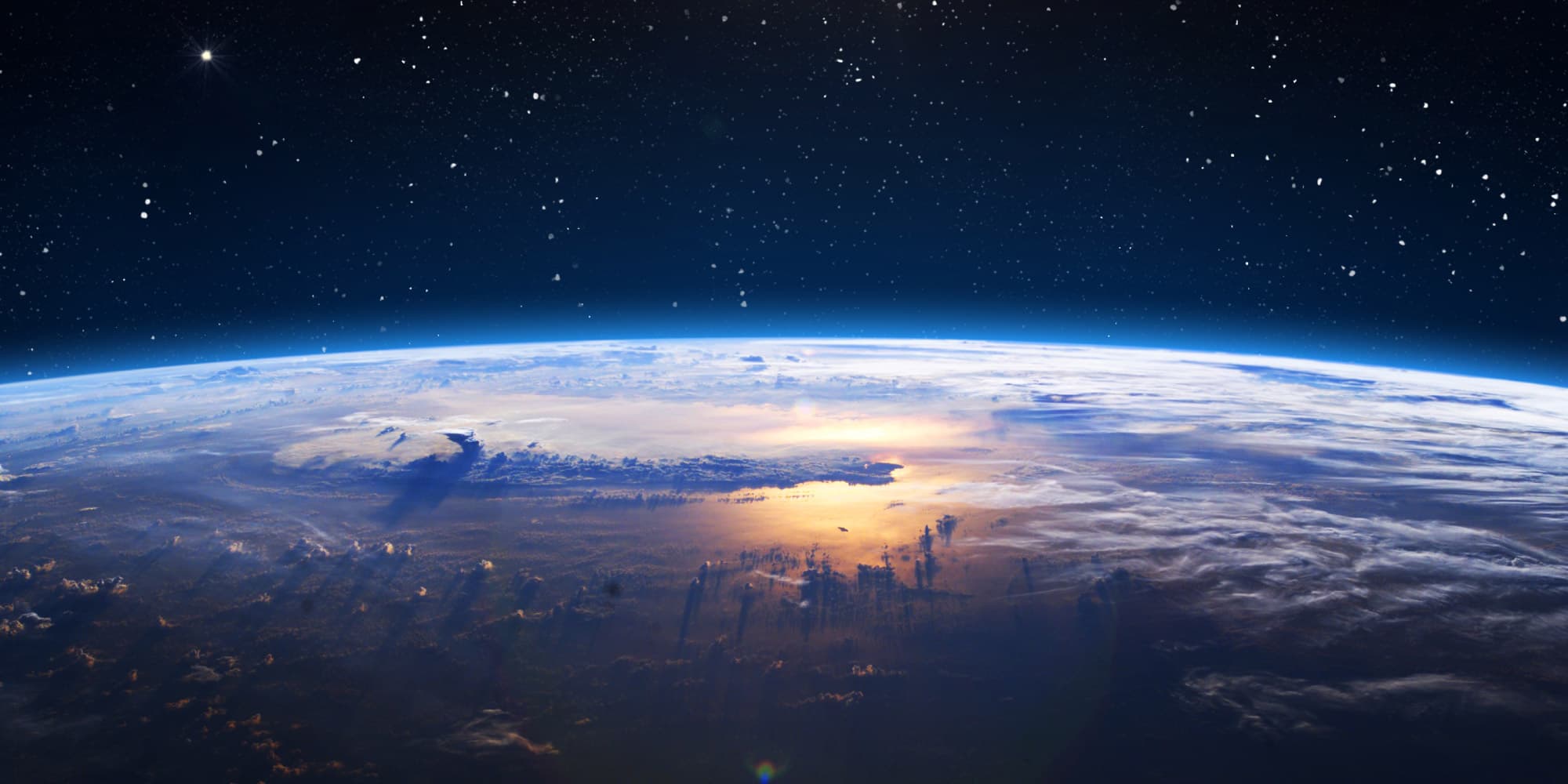On August 29, 2021, the OSCAR-QUBE, a 10x10x10cm3 container with a miniaturized quantum magnetic-field sensor, became the first diamond-based magnetometer to be launched into space. It will be used for experiments on International Space Station (ISS).
Behind this endeavor is an interdisciplinary team of students from UHasselt in Belgium who came out winners in the European Space Agency (ESA) competition “Orbit Your Thesis!”. Building on the unique knowledge portfolio at their university and through partners such as imec, the students managed to go from being selected for the competition to delivering the ‘flight ready’ device in merely twelve months.

OSCAR-QUBE. On the right: the flight model that has been launched to ISS. On the left (exposed): the ground model that resides in the lab for reference. © UHasselt
Jaroslav Hruby, Ph.D. Fellow at UHasselt and team leader of OSCAR-QUBE: “Inside the cube that we’ve now launched is the third version of the OSCAR-diamond sensor. It is based on completely new hardware and combines two sensing mechanisms to read the states of electron spins that are related to atomic impurities engineered in diamond. These two methods, optical and photoelectric detection, were previously developed by the imo-imomec team. The combination of both readout methodologies in one device creates robustness through redundancy, but also it allows us to compare and further study the advantages of each method.”
And let there be no mistake, the OSCAR-QUBE is state-of-the-art when it comes to magnetic-field sensing. To precisely detect magnetic fields, it makes use of a Zeeman effect. By shining laser light on diamond that contains the mentioned impurities (more precisely, Nitrogen-Vacancy (NV) color centers), their electron spins are influenced by the magnetic field and therefore act as a sensor.
Jaroslav Hruby: “The technologies that we use give our sensor several unique properties. First, there is the inherent radiation hardness of diamond that comes from the strength of the covalent carbon bond in the compact diamond lattice. Second, there is a possibility to compensate for device temperature drifts. For example, classical sensors as fluxgate use a sensing coil whose measurements are temperature sensitive. Therefore, one needs to calibrate and often recalibrate this type of sensor. Thanks to the specific operation of our diamond-based sensor, temperature changes can be evaluated and corrected at the same time as the magnetic field measurements. Thirdly, our sensor can operate at ambient conditions, while some other quantum-based systems require cryogenic cooling.
Another strength of this technology is its potential for high sensitivity across a wide dynamic sensor range. In particular, it has been reported that diamond magnetometers can detect magnetic fields ranging from a few tens of femtoTesla all the way up to hundreds of milliTesla, whereby they can accurately detect a small alteration in the measured magnetic field in the presence of strong background fields. Our magnetometers can currently reach the sensitivity in the range of hundreds of picoTesla using continuous-wave (CW) detection.
Furthermore, the photoelectric readout of the magnetic field allows using microelectronic fabrication technologies that are intrinsically beneficial towards device miniaturization and integration. For our sensor, we use electrodes with a size of several microns and ensembles of NV centers engineered in diamond. But, if a single NV center could be used, it could detect the magnetic field and its orientation on nanometric distances. As an additional advantage, the diamond crystal itself is used to detect the electric signal in the photoelectric readout. This technique, therefore, eliminates the use of additional photodetectors and photon collection optics, as in the case of optical detection.
And there is more, NV-center pulsed detection protocols allow to design low and high-bandpass frequency filters that can dynamically be tuned to measure the electromagnetic noise of the environment around the NV centers and, therefore, around the sensor itself. By using ac-detection techniques, one can also measure periodic magnetic fields of different frequencies and thus directly decouple various spurious signals.”

The OSCAR-QUBE team in front of the imo-imomec building. ©UHasselt
The fact that Jaroslav and his team arrived where they are now is not surprising. The entire activity around the OSCAR project series started in 2014 when Jaroslav Hruby, at the time an Erasmus Master student from Czech Technical University in Prague, was ‘hunting’ the Aurora Borealis in Sweden. Jaroslav Hruby: “At the time, we were still using conventional magnetometers, but the idea emerged to start the OSCAR-project, which is short for ‘optical sensors based on carbon materials’. During the trip, we visited the Swedish Space Corporation ESRANGE. There we learned about ESA’s REXUS/BEXUS program that allows students from universities and higher education colleges across Europe to carry out scientific and technological experiments on sounding rockets and stratospheric balloons.”
Since then, Jaroslav and his teams were selected twice for this competition, published results at the International Astronautical Congress (IAC, Bremen) in 2018, and eventually were selected to use the launch of the SPACE-X rocket as a result of ESA’s ‘Orbit Your Thesis!’ competition.”
This has been quite a journey for Jaroslav Hruby, who dreamt about space since he was young. Nevertheless, he waves all credits when suggested the OSCAR-QUBE might have better been called ‘Hruby’s cube.’ “The entire development is truly a team effort,” he says. “The collaborations within the imo-imomec staff and with partners such as imec were crucial for our progress and success. At imec, we found the necessary access to advanced lithography infrastructure to create our electrodes and for the microwave antenna built onto the diamond surface.
But the credits should mostly go to the students from various disciplines that worked on this project throughout the years. The opportunities in the OSCAR-QUBE developments motivated students to contribute to real-life applications beyond what is being taught in the classroom. We also triggered the UHasselt students to take part in decorating the cube. The winning artwork will travel on the cube into space and was selected by Belgian astronaut Frank De Winne and other jury members.”
If all goes to plan, the OSCAR-QUBE will reside at least ten months on the ISS, where it will be used to map the Earth’s magnetic field and the fields aboard the station.
Further reading:
- This article is an addition to the main article: Imo-imomec: a hidden gem in materials R&D and related services.
Want to know more?
- ESA news item: ESA - Orbit Your Thesis! hardware OSCAR QUBE ready to fly to ISS - OYT! is an ESA educational project part of the ESA Academy program for university students to get hands-on experience of the entire life cycle of an actual space project, and so be better prepared and qualified for a career in the European space sector.
- Facebook page of the OSCAR initiative: OSCAR | Facebook
- Website imo-imomec: IMO - IMOMEC (uhasselt.be)

Jaroslav Hruby studied biomedical engineering at Czech Technical University in Prague. He started working in diamond research in his third year and developed an automated measurement system for diamond nanoparticle imaging for his bachelor thesis. During his master’s degree, he went for an ERASMUS exchange study program to Hasselt (Belgium) for a year. There he contributed to an article on a new diamond magnetometry readout method published in Nature Communication. Currently, he is a doctoral student at UHasselt in the group of Quantum Photonics, at imo-imomec, supervised by Prof. Dr. M. Nesladek. The topic of his Ph.D. thesis is quantum magnetometry. In 2016 and 2018, Jaroslav Hruby led a student development project of a portable diamond magnetometer sent to the stratosphere during the OSCAR project within the REXUS/BEXUS program for students. Now, he is leading a student team that develops the next magnetometer iteration that will be tested onboard the International Space Station within the Orbit Your Thesis! program of ESA.
More about these topics:
Published on:
29 August 2021












